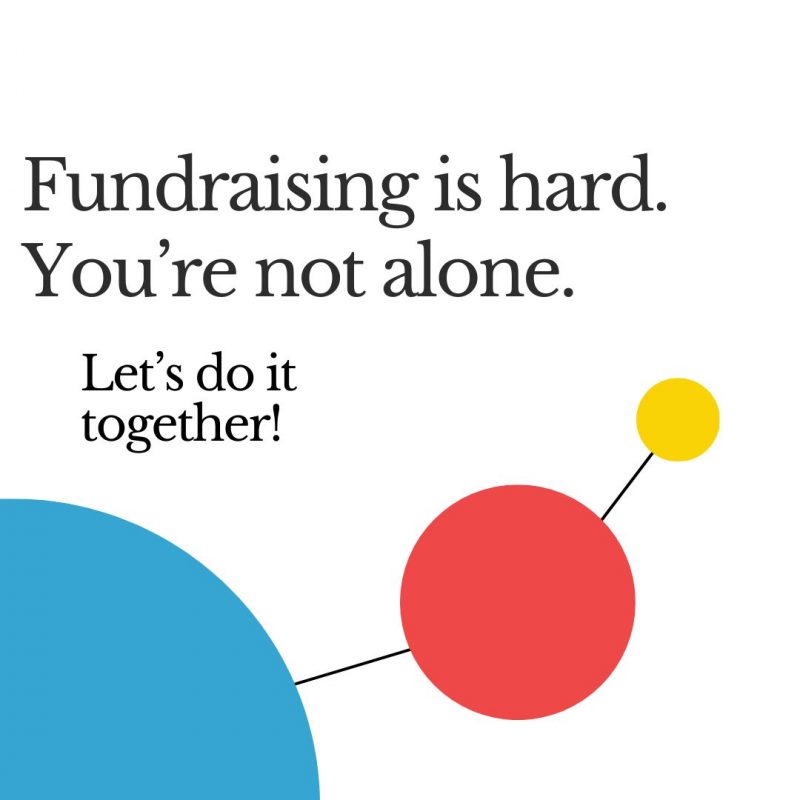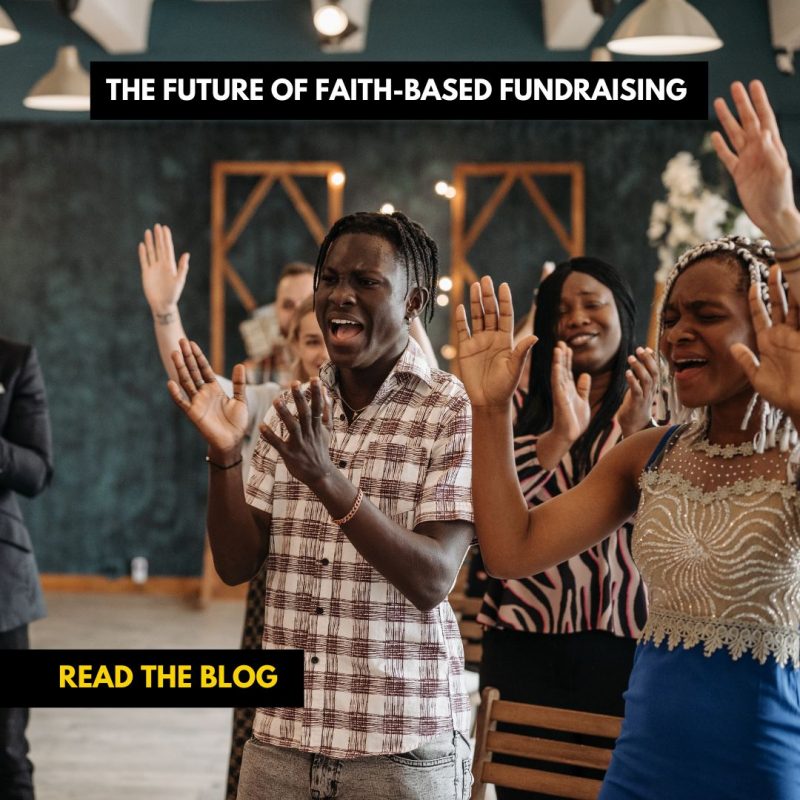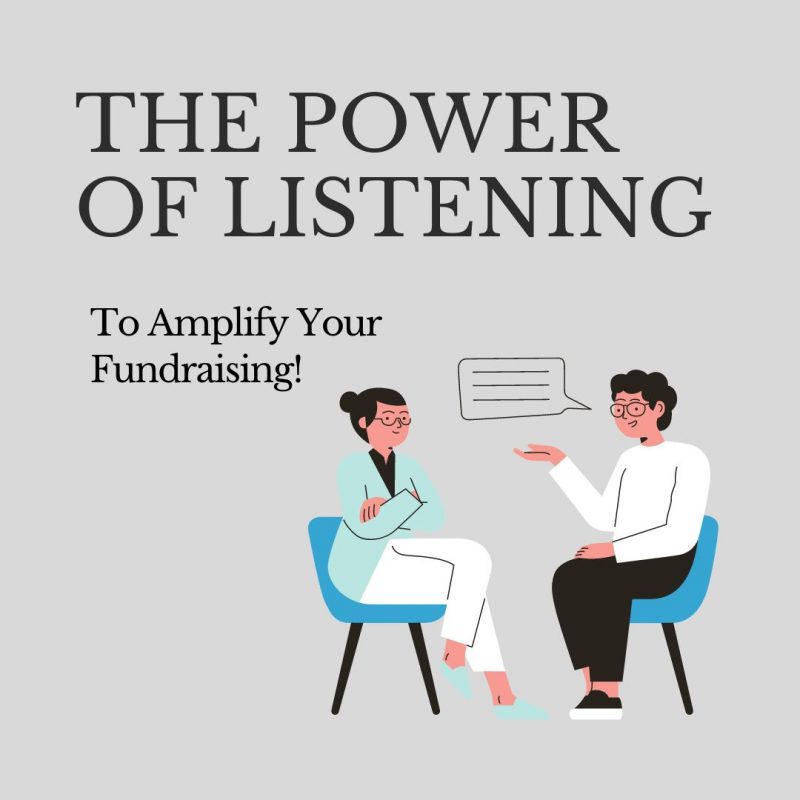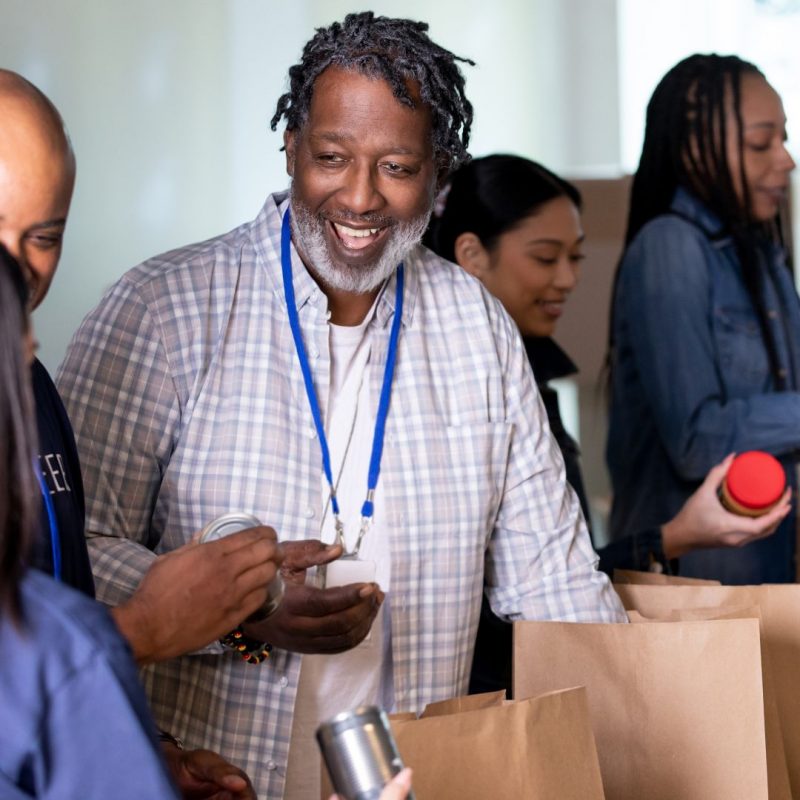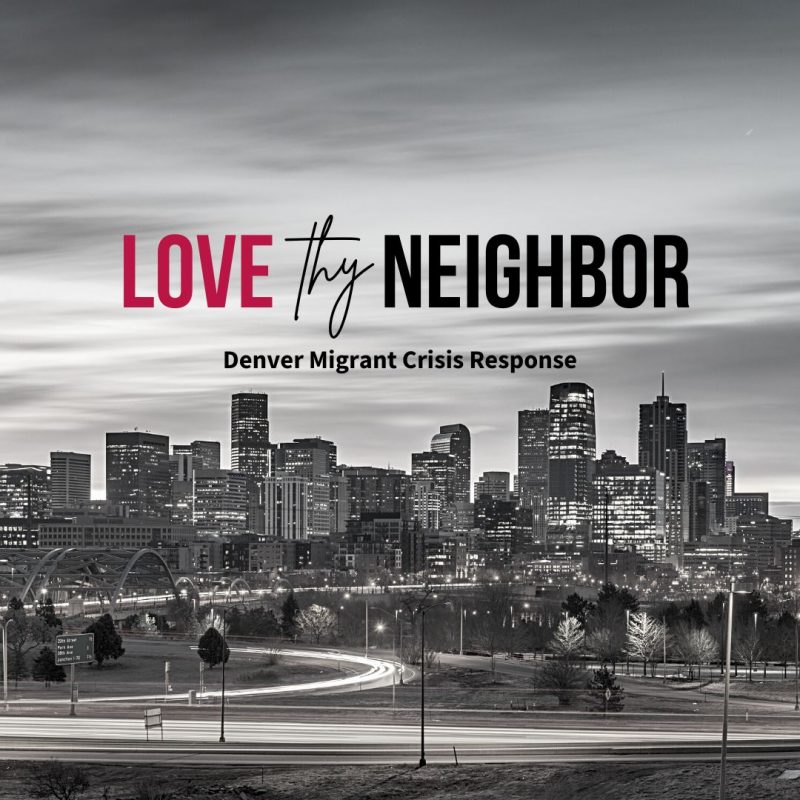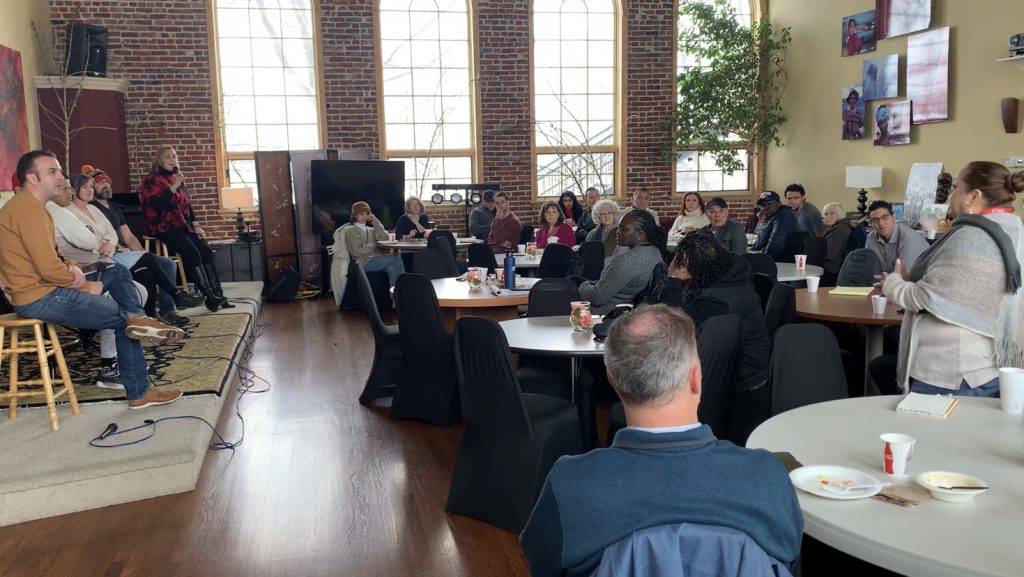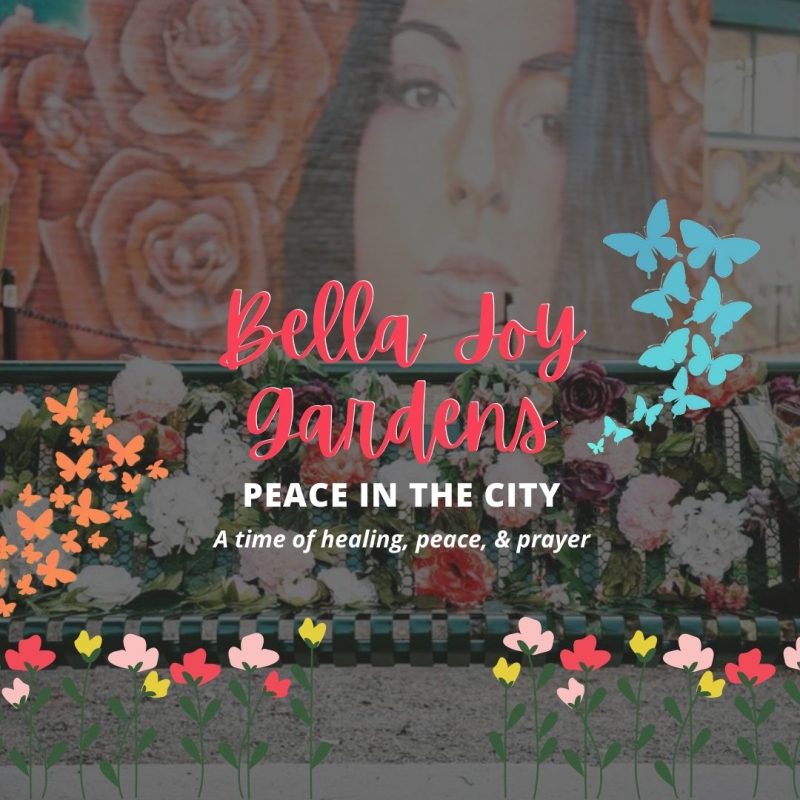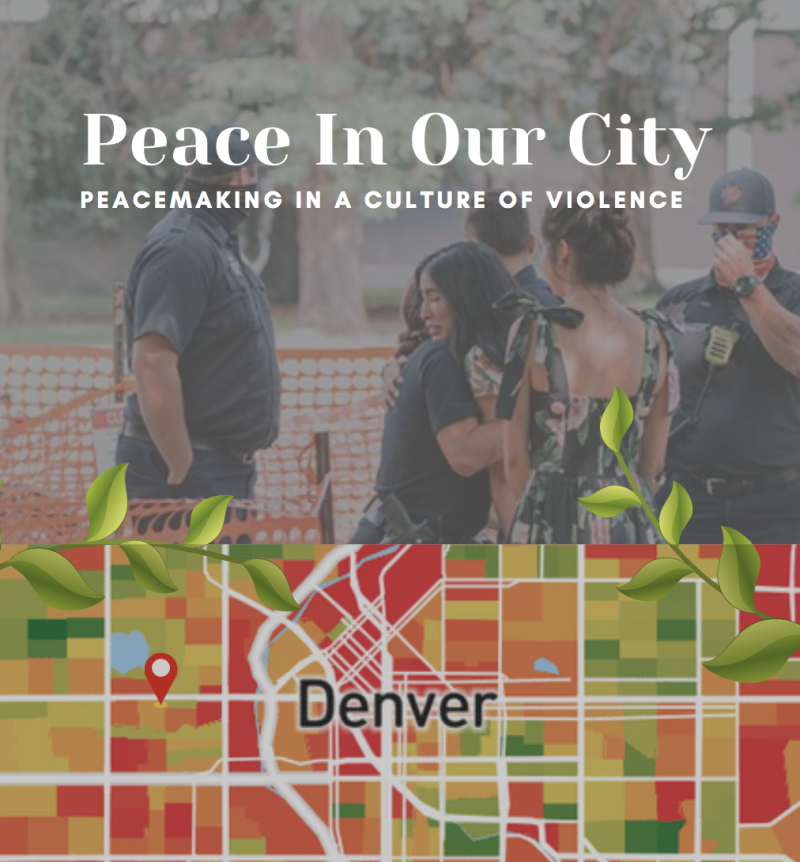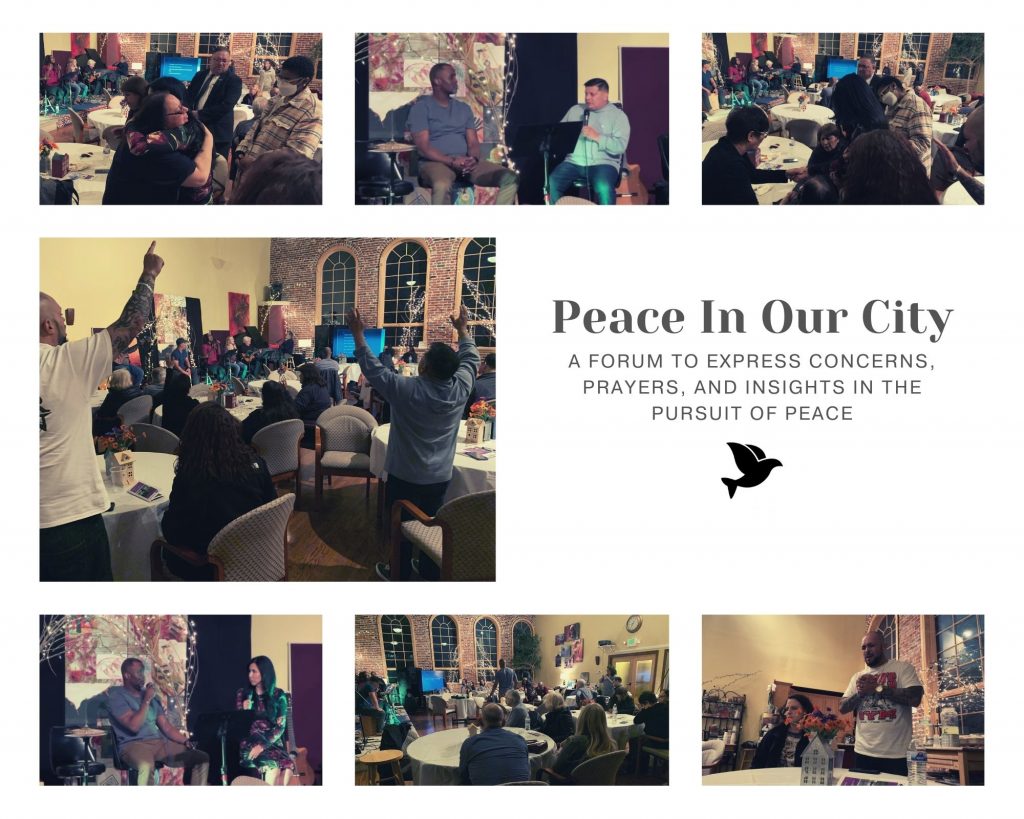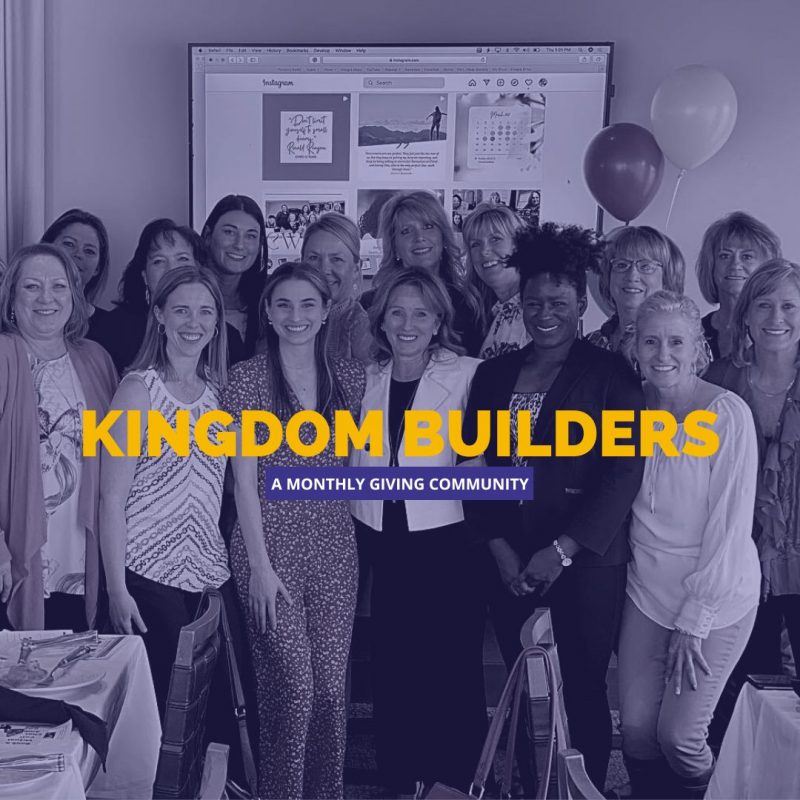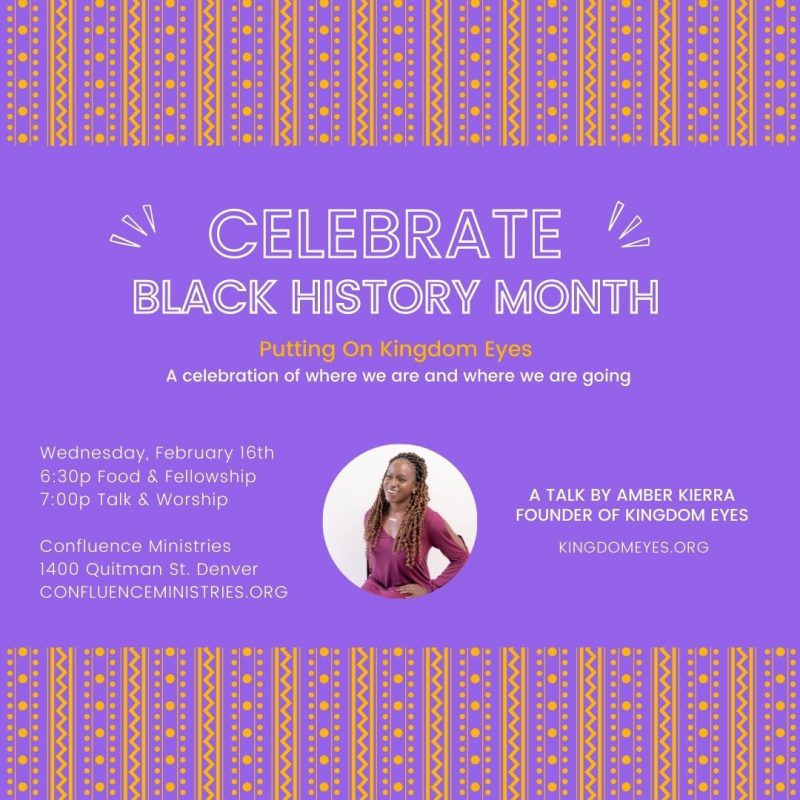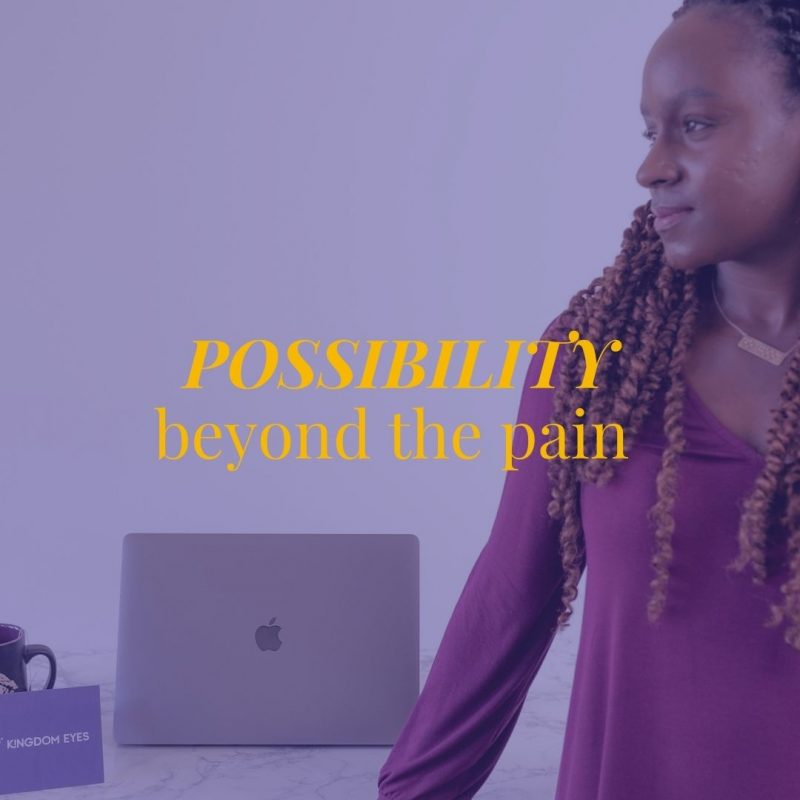Hello!
Fundraising can be a daunting journey, but you’re not alone. You have an ally in navigating the challenges. Through a thoughtful approach, together we can transform your nonprofit’s trajectory. Our approach is anchored in personalized storytelling, seamlessly executed campaigns, and a mindful strategy, designed to elevate your organization.
Let’s dive into how we can go on this journey together.
Personalized Storytelling:
In the hustle of fundraising, your nonprofit’s narrative deserves to be more than a mere report of events and outcomes—it should be a compelling saga that resonates deeply with your tribe. Thoughtful storytelling ensures that your mission’s distinctive facets are not just acknowledged but celebrated. From an individual’s personality, needs, and successes to articulating the tangible impact of every contribution to the community, we’re dedicated to transforming your constituents’ story into a memorable connection that inspires.
Multi-Channel Campaigns:
Fundraising shouldn’t be a solo performance. Through campaign strategy we are ready to stand by your side, leveraging your people and assets to orchestrate multi-channel campaigns that ensure your message reverberates across diverse platforms. From traditional mail to social media engagement, email, and events, we tailor campaigns to suit the preferences of your audience. Mindfulness is our promise, guaranteeing your voice is heard clearly and with heart-felt intention, creating a buzz that sticks in the hearts and minds of your donors.
Expertise:
In the ever-evolving landscape of fundraising, experience is your ally, and we’re here to make it work for you. Our thoughtful mindset integrates analytics, segmentation, and a personable email and social media presence. Picture a world where fundraising becomes a rewarding and engaging experience for you and your supporters. We are on a mission to turn the fundraising landscape into a symphony of campaign processes ensuring a dynamic, enjoyable journey for you and your donors.
Fundraising is hard, but remember, you’re not alone. Let’s do this journey together—aligning heartfelt personalized storytelling, the dynamism of multi-channel campaigns, and a mindful strategy. We’re your partners in creating narratives that resonate, engage, and raise funds that allow you to thrive. Together, let’s sculpt a strategy that fits the uniqueness of your mission and serves your community!
With Gratitude,
Patrick

